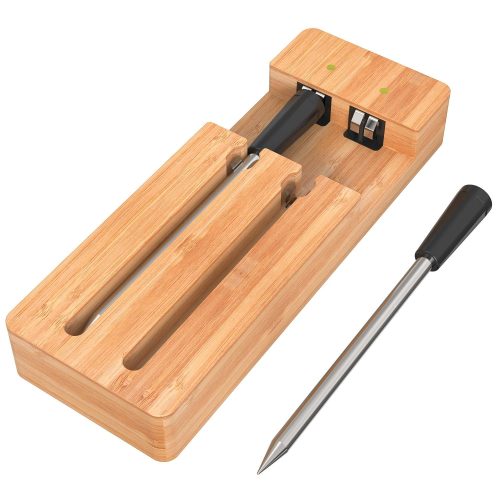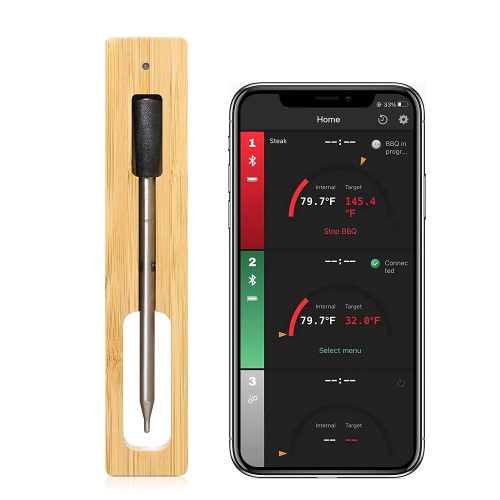Hygrometers are devices used to measure the humidity levels in the air. They come in various types, each utilizing different principles to measure humidity. Here are some common types of hygrometers:
Psychrometers: These hygrometers measure humidity by comparing the dry-bulb temperature (regular air temperature) with the wet-bulb temperature (temperature read when a wet wick is exposed to air).
Hair hygrometers: They use a strand of human or animal hair that expands or contracts based on humidity levels, which is then measured to determine humidity.
Dew point hygrometers: These measure the temperature at which moisture begins to condense out of the air, known as the dew point.
Capacitive hygrometers: These measure humidity by detecting changes in capacitance caused by the absorption or desorption of moisture on a capacitive sensor.
Resistive hygrometers: They measure humidity by assessing the change in electrical resistance of certain materials due to moisture absorption or desorption.
Gravimetric hygrometers: These measure humidity by weighing a substance before and after it absorbs moisture from the air.
Optical hygrometers: They use the refractive index or absorption of light to measure humidity levels.
Applications of hygrometers:
Indoor climate monitoring: Used in homes, offices, and commercial spaces to ensure comfortable and healthy humidity levels.
Industrial applications: Control humidity in manufacturing processes, pharmaceutical production, and storage facilities.
Agriculture and greenhouses: Monitor humidity to optimize growing conditions for plants and crops.
Weather forecasting: Used in meteorology to predict weather conditions by monitoring humidity levels in the atmosphere.
Museums and archives: Control humidity to preserve artworks, historical artifacts, and documents.
Choosing a hygrometer:
When selecting a hygrometer, consider factors such as accuracy, range, ease of use, calibration needs, and specific application requirements. Digital hygrometers are often preferred for their accuracy and ease of reading, while analog hygrometers may appeal to those who prefer traditional designs.
Hygrometers are essential tools for maintaining optimal humidity levels in various settings, contributing to comfort, health, and preservation of materials.


